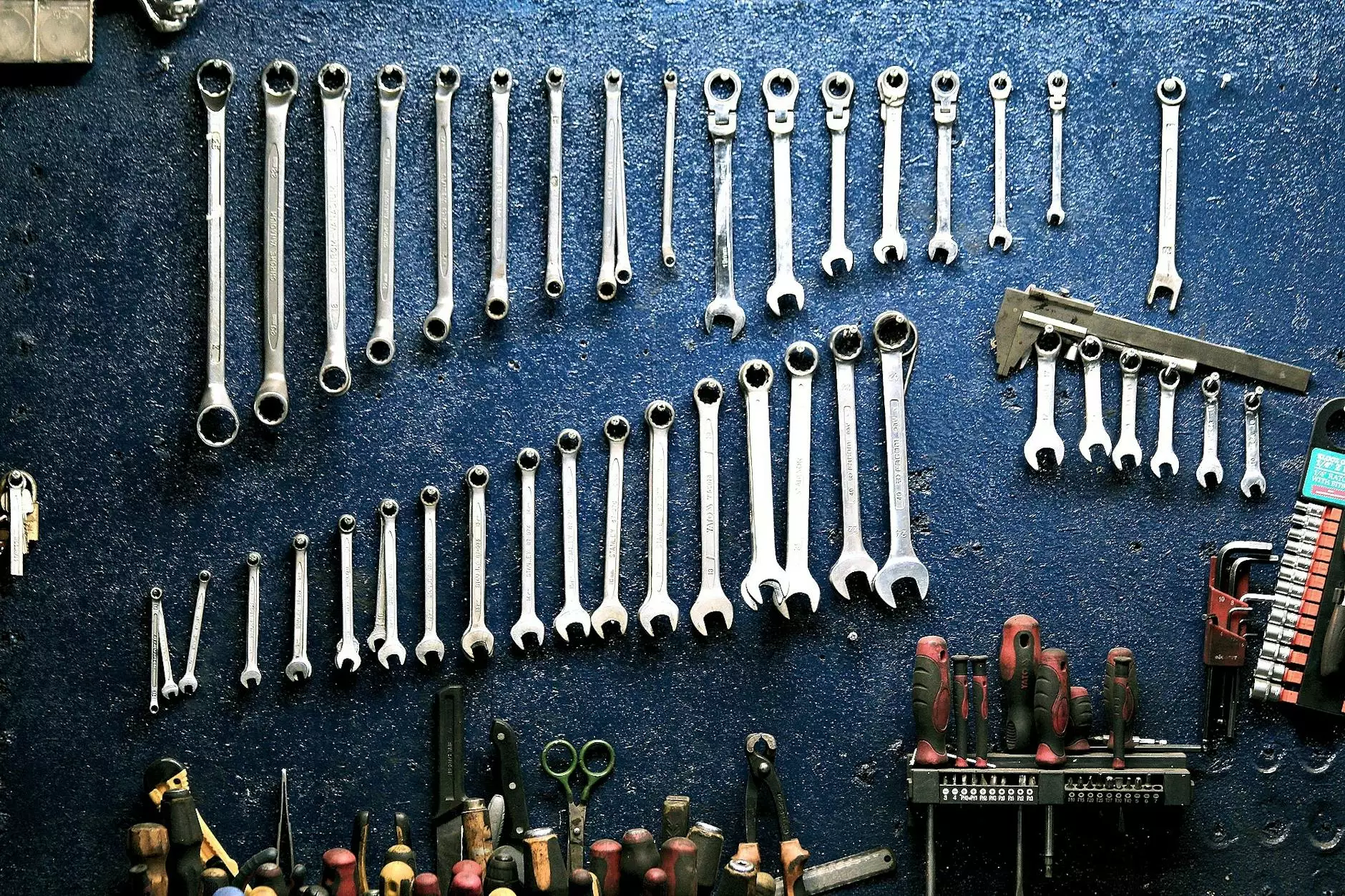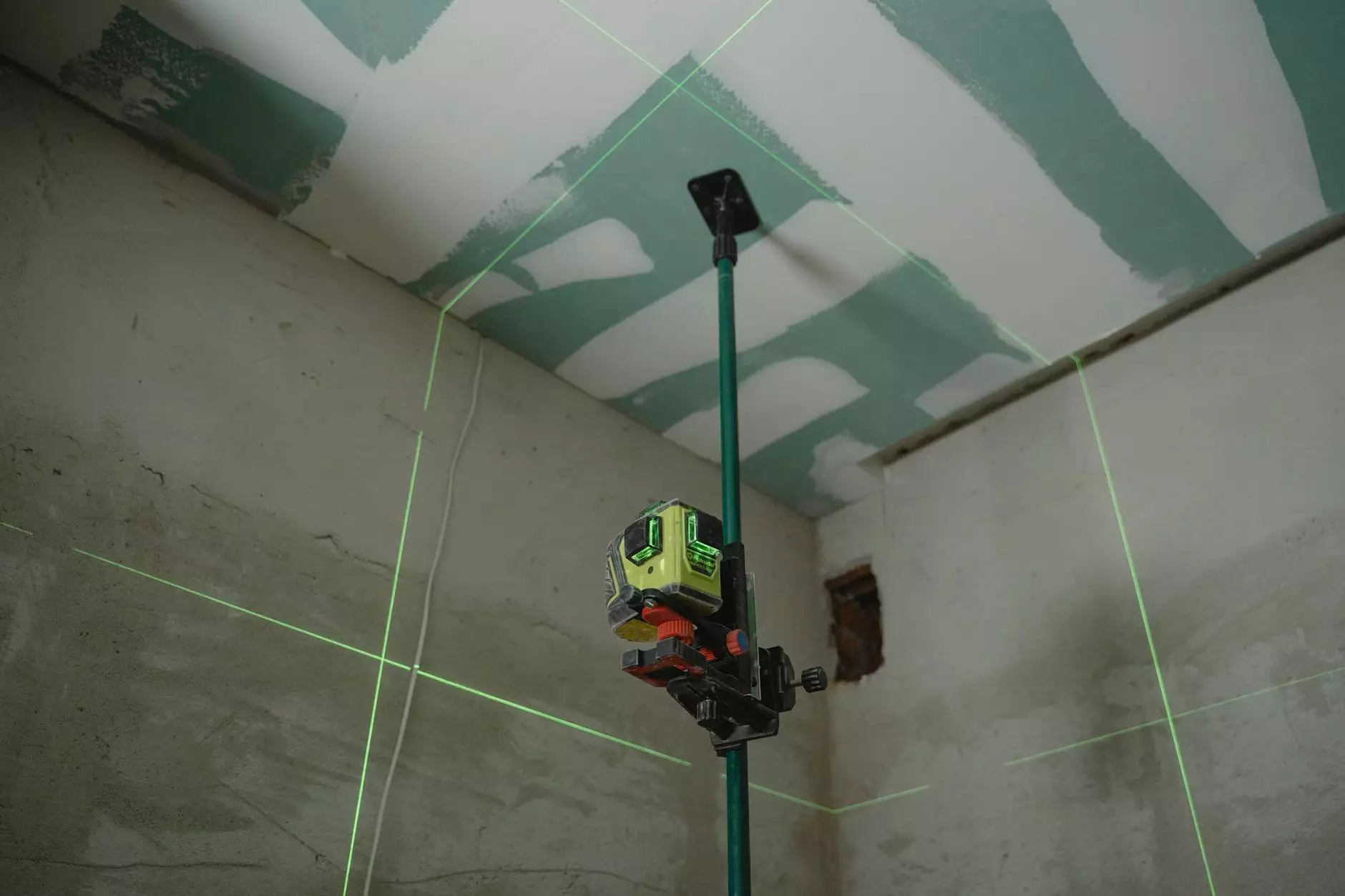The Ultimate Guide to Bubble Level Vials: Precision, Importance, and Applications

Bubble level vials are essential tools used in various industries, from construction to woodworking, and even in the realm of home improvement. Understanding how these instruments work and their significance can greatly improve the quality of your projects. This article will delve deep into the various aspects of bubble level vials, including their functionality, applications, and tips for effective use.
1. What is a Bubble Level Vial?
A bubble level vial, commonly referred to simply as a level or spirit level, is a device that indicates whether a surface is horizontal (level) or vertical (plumb). The vial consists of a curved glass tube filled with a liquid (often alcohol or colored water) and a small air bubble. The position of the bubble in relation to marked lines on the vial indicates the levelness of a surface.
1.1 Anatomy of a Bubble Level Vial
The basic components of a bubble level vial are:
- Glass Tube: Contains the liquid and is designed to allow a clear view of the bubble.
- Liquid: Usually a colored spirit or alcohol that provides visibility and thermal stability.
- Air Bubble: The key indicator of level; the bubble moves to the highest point of the liquid.
- Calibration Marks: These lines indicate the center point, showing when the bubble is perfectly level.
2. History of the Bubble Level Vial
The history of the bubble level vial dates back to the Roman times, where simple forms of leveling devices were used. However, it was not until the 17th century that the modern bubble level vial took shape with the introduction of glass, which allowed for greater accuracy and usability. The evolution of materials and technology over the centuries has made bubble levels more precise and accessible.
3. Importance of Bubble Level Vials in Construction
In the construction industry, precision is paramount. One small error can lead to significant structural issues. Here’s where bubble level vials come into play:
3.1 Ensuring Structural Integrity
Using a bubble level vial helps ensure that foundations, walls, and other structural elements are correctly aligned. This precision is crucial for:
- Safety: Correctly leveled structures are safer and more durable.
- Durability: Reduces risk of damages caused by settling and shifting.
- Aesthetic Appeal: Improves the visual finish of any construction project.
4. Applications of Bubble Level Vials
Beyond construction, bubble level vials have a broad range of applications:
4.1 Home Improvement Projects
Whether you're hanging a picture, installing shelves, or building furniture, a bubble level vial ensures everything is straight and properly aligned. Here’s how you can utilize it effectively:
- Hanging Artwork: Ensures frames are hung at the right angle.
- Shelf Installation: Guarantees that shelves have the right tilt for stability.
4.2 Woodworking and Crafting
Accurate leveling is crucial in woodworking. A bubble level vial helps woodworkers achieve precision in each piece, ensuring joints fit properly and surface planes are flat.
4.3 Landscape and Outdoor Projects
In landscaping, levels are vital for ensuring proper drainage and aesthetic layouts. Whether you’re installing patios or leveling flowerbeds, a bubble level can guide your work.
5. Choosing the Right Bubble Level Vial
Selecting a suitable bubble level vial is crucial for ensuring accuracy in your projects. Consider the following factors:
5.1 Size and Type
There are various types of bubble levels available:
- Standard Levels: Commonly used for general construction and home projects.
- Box Levels: Offer multiple vials for checking both horizontal and vertical alignment.
- Slope Levels: Designed to measure gradients in outdoor projects.
5.2 Material Quality
Opt for vials made from durable materials to withstand the rigors of work environments. Look for:
- Aluminum: Lightweight and resistant to rust.
- Plastic: Often more affordable and resistant to breakage.
5.3 Accuracy and Calibration
Ensure your bubble level is calibrated for accuracy. Some brands offer calibration services or features that allow for easy adjustments.
6. Proper Use of Bubble Level Vials
To achieve the best results with your bubble level vial, follow these guidelines:
6.1 Initial Check
Check the level on a known flat surface before beginning your work to ensure accuracy.
6.2 Positioning
For horizontal surfaces, place the level on the item being checked. For vertical surfaces, hold the level against the item.
6.3 Reading the Bubble
Observe the bubble's position in relation to the calibration lines. If the bubble is centered between the lines, your surface is level.
7. Maintenance and Care for Bubble Level Vials
To prolong the life of your bubble level vial, consider the following maintenance tips:
- Keep it Clean: Wipe the glass tube regularly to ensure clear readings.
- Store Properly: Avoid placing heavy items on the level to prevent damage.
- Check Calibration: Regularly check and recalibrate if necessary to maintain accuracy.
8. Conclusion
A bubble level vial is more than just a tool; it is an essential component for achieving precision in various tasks, from construction to crafting. By understanding its functionality and incorporating it effectively into your projects, you can enhance both the safety and aesthetic appeal of your work.
Investing time in selecting the right level, maintaining it properly, and using it correctly will ensure that your projects stand tall — literally and figuratively. As you embark on your next venture, remember the importance of a perfectly leveled surface, and let your bubble level vial guide you towards success.









